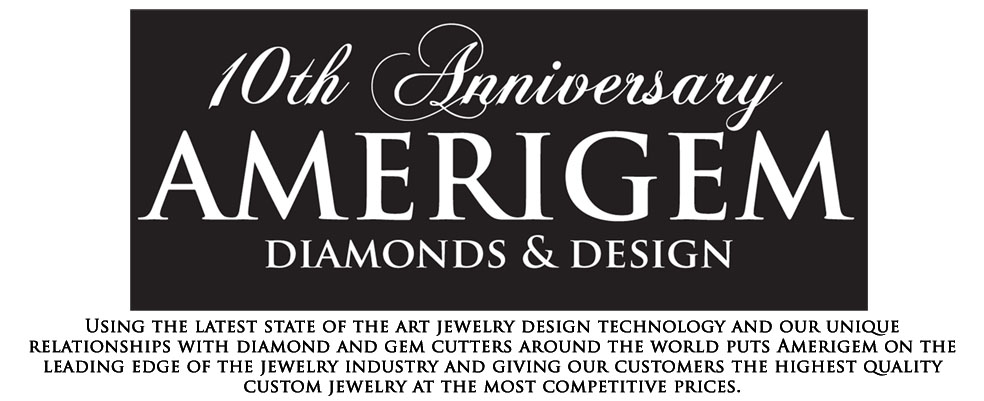Amore is a vintage halo 14K white gold setting adorned with diamonds all the way down both sides of the ring, european shank and a stunning round center diamond. This ring is retailed at $5,000.
We will have Amore on display at Amerigem starting Saturday May 14th, 2011. Be sure to stop by for cocktails and see in person the ring you helped design and name!
Thank you to everyone who helped design this beautiful ring! Be sure to redeem your 25% credit towards any in-store item at Amerigem! Email megan@amerigemdiamonds.com to receive your voucher!
We will have Amore on display at Amerigem starting Saturday May 14th, 2011. Be sure to stop by for cocktails and see in person the ring you helped design and name!
Thank you to everyone who helped design this beautiful ring! Be sure to redeem your 25% credit towards any in-store item at Amerigem! Email megan@amerigemdiamonds.com to receive your voucher!









